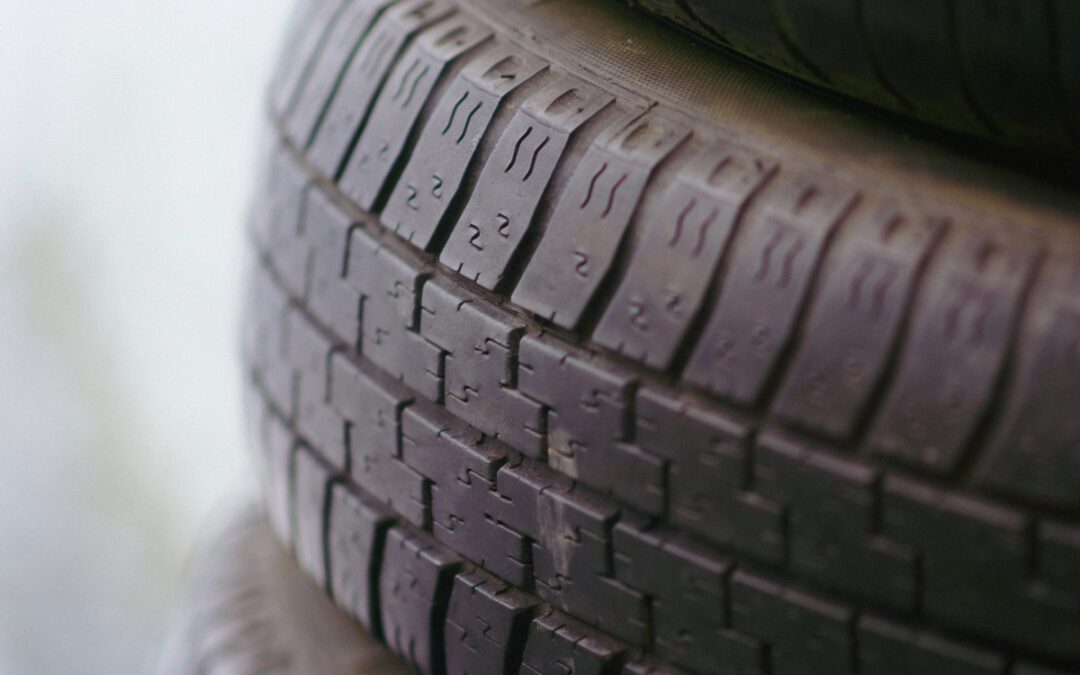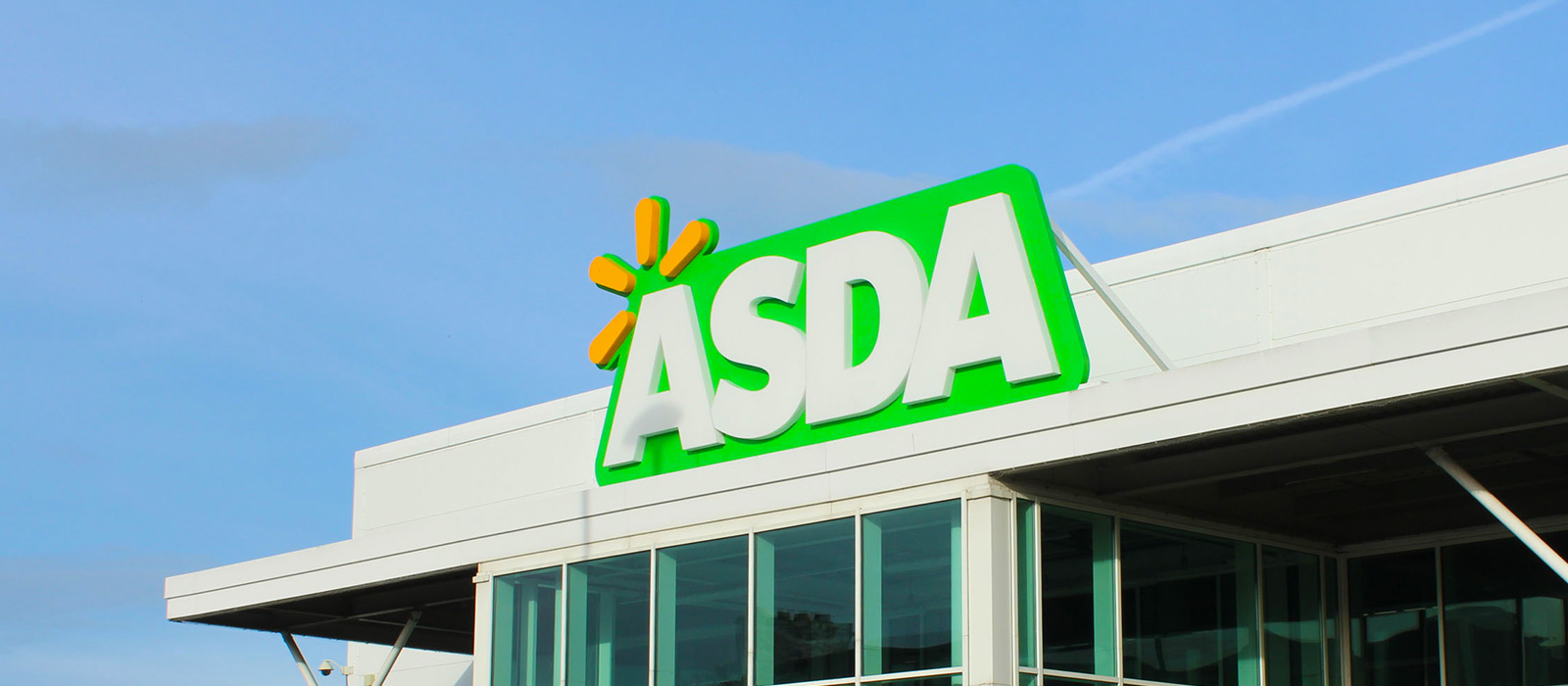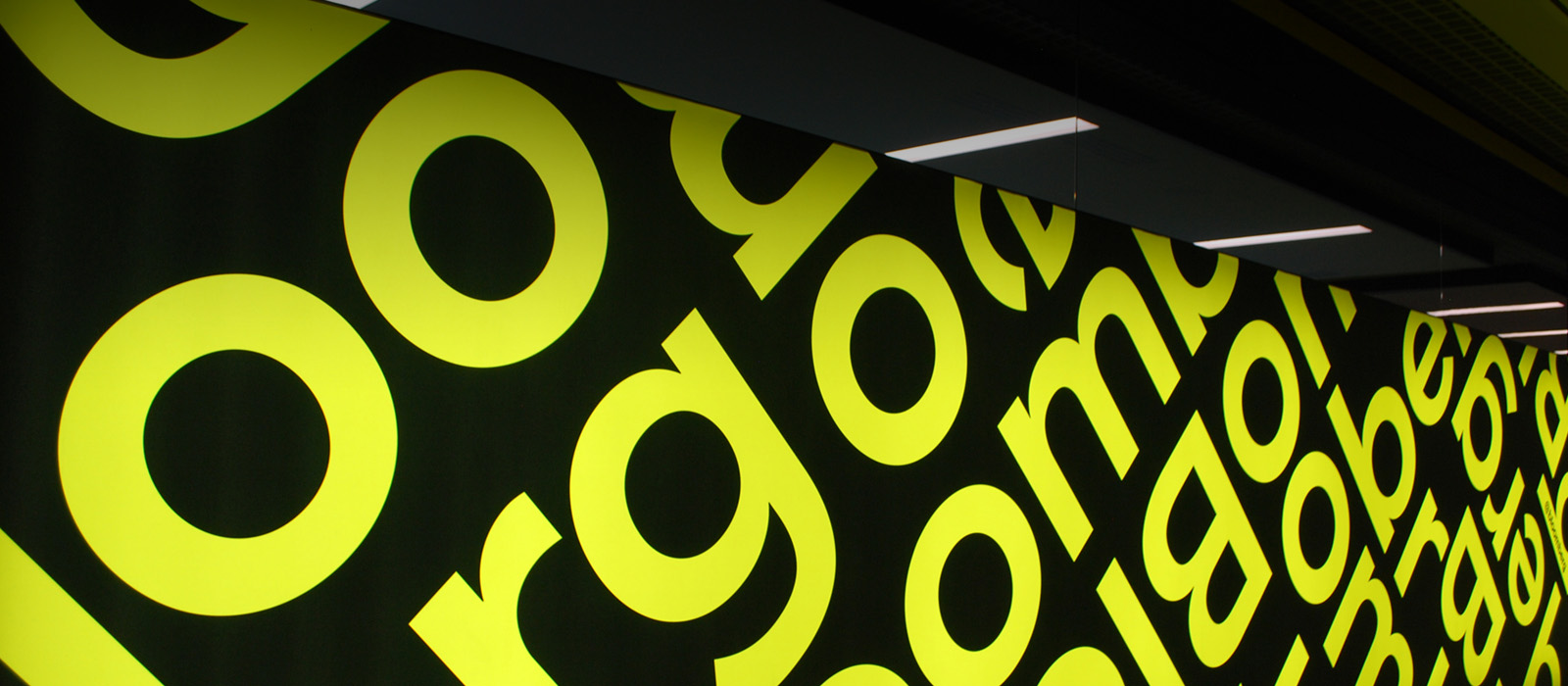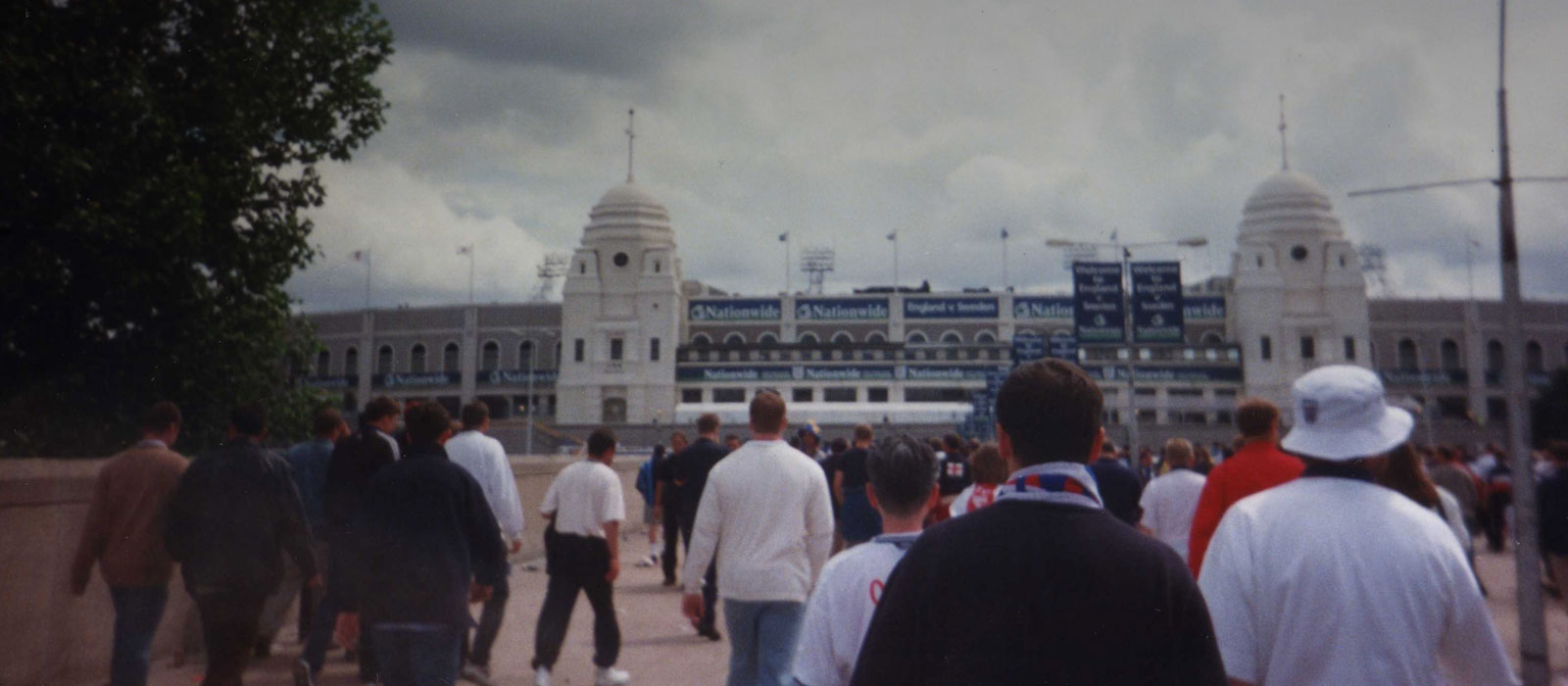Editorial note: The following historical case study reveals the results of sports sponsorship when compared with advertising. Originally part of a management report published by the FT and authored by Richard Busby, the CEO of BDS Sponsorship, this case study does not concern the work of BDS but reveals how sponsorship can provide a unique set of benefits that go beyond those available through advertising.
MRF: an overview
The company’s tyres are marketed under the brand name MRF and, until 1983, MRF was using product campaigns for promotion of the company’s products. In 1983, the company took a major decision to discontinue product-specific campaigns and to focus on sports sponsorship in order to allow the brand to be built.
Previous examples of the events sponsored by MRF include:
- National Games, 1987;
- SAF (SAARC Athletic Federation) Games, 1987;
- World Cup Cricket, 1988;
- Sixth World Cup Boxing Championships, 1990 Pre-Olympic Football, 1991.
Many of the activities involved press, TV advertisements, and banners announcing MRF as the sponsor. In addition to this media, there was on-site signage, TV coverage of the sponsored event, and post-event activities. The only product advertising supported MRF for was its two-wheeler tyres under the ‘MRF-Nylogrip’ brand in the early 1980s when the company ran press and TV advertisements.
Competition
During 1984-87 Dunlop and Ceat, competing tyre companies, concentrated on producing advertising rather than sponsorship in their marketing activities.
MRF’s decision to discontinue product-specific campaigns to focus instead on sponsorship provided a unique opportunity to design a series of studies to test the long-term effects of sponsorship on corporate and product image.
Study Design
The research focused on car and two-wheeler owners.
| Car Owners | ||||
|---|---|---|---|---|
| Round 1 | Round 2 | Round 3 | Round 4 | |
| Timing | 1984 | 1985 | 1986 | 1987 |
| Number of centres | 39 | 39 | 39 | 39 |
| Sample size | 3450 | 3450 | 3450 | 3450 |
| Two-wheeler owners | ||
|---|---|---|
| Round 1 | Round 2 | |
| Timing | 1984 | 1985 |
| No of centres | 3 | 3 |
| Sample size | 450 | 450 |
The samples were independent in the four rounds but they were matched in terms of demographics and the brand of the vehicle owned. Personal interviews were conducted amongst target respondents using a structured questionnaire. The study covered:
- Awareness of MRF
- Interest in sponsored events by target segments
- Association with sports sponsorship
- Attitudes towards sports sponsorship
- Recall of advertisements
- Corporate image
- Product image
- Brand preference
- Brand bought last time
Results of MRF Study
| Association of MRF with sport sponsorship | |
|---|---|
| Period | Association score (max 4.0) |
| 1984 | 1.23 |
| 1987 | 2.57 |
| % change | 108.9 |
The respondents were asked to specify the name of the tyre company which sponsored most sports events in India. They were also asked to name the companies which ranked second and third, and ‘an association score’ was then computed.
This shows a substantial increase in association of MRF with sports sponsorship by the target segment between 1984-87.
Relative effect with respect to other companies
The other companies (Dunlop and Ceat) spent relatively small amounts on sports sponsorship during 1984-87 and, as a consequence, their association scores with sports sponsorship declined.
| Association of Dunlop and Ceat with sports sponsorship | ||
|---|---|---|
| Dunlop (max 4.0) | Ceat (max 4.0) | |
| Association score 1984 | 2.87 | 0.8 |
| Association score 1987 | 2.0 | 0.92 |
Effect on awareness: car owners
The results show a positive long-term effect of sponsorship on awareness.
| Effect on awareness: car owners | |||
|---|---|---|---|
| Car owners 1984 (%) | Car owners 1987 (%) | % Change | |
| Top-of-mind awareness | 4 | 99 | 425 |
| Spontaneous awareness | 38 | 68 | 78 |
Growth in awareness: car owners
The growth is steep for the first year (1984-85) and it tapers off subsequently, demonstrating that sponsorship is one of the fastest ways to increase awareness.
| Growth in awareness: MRF car owners | ||||
|---|---|---|---|---|
| 1984 (%) | 1985 (%) | 1986 (%) | 1987 (%) | |
| Top of mind awareness | 4 | 17 | 20 | 22 |
| Spontaneous awareness | 39 | 72 | 70 | 76 |
| Prompted awareness | 92 | 95 | 97 | 98 |
Relative Movements of other Brands
| Growth in awareness of other brands: top-of-mind awareness | ||||
|---|---|---|---|---|
| 1984 (%) | 1985 (%) | 1986 (%) | 1987 (%) | |
| MRF | 4 | 17 | 20 | 22 |
| Ceat | 20 | 23 | 29 | 27 |
| Dunlop | 47 | 40 | 30 | 33 |
| Growth in awareness of other brands: Spontaneous awareness | ||||
|---|---|---|---|---|
| 1984 (%) | 1985 (%) | 1986 (%) | 1987 (%) | |
| MRF | 39 | 72 | 70 | 76 |
| Ceat | 69 | 80 | 71 | 74 |
| Dunlop | 96 | 90 | 80 | 84 |
Ceat and Dunlop used product advertising and very little sponsorship during 1984-87. As a result, awareness of these two brands declined or remained static whereas MRF, using sponsorship, increased awareness considerably, although it continued to lag behind both competitive brands in top-of-mind awareness.
No figures are available on the relative spend on advertising and sponsorship by all three companies. However, sponsorship appears to have had a greater impact than product advertising on awareness. Brand preference was also studied amongst car owners who showed that sponsorship also has a considerable effect on brand preference.
| Effect of sponsorship on brand preference | |||
|---|---|---|---|
| Brand | 1984 | 1987 | % Change |
| MRF | 4 | 22 | 450 |
| Ceat | 24 | 22 | (8) |
| Dunlop | 28 | 33 | 18 |
| Rate of growth in brand preference | ||||
|---|---|---|---|---|
| Brand | 1984 | 1985 | 1986 | 1987 |
| MRF | 4 | 9 | 21 | 22 |
| Ceat | 24 | 24 | 22 | 22 |
| Dunlop | 29 | 28 | 33 | 33 |
The effect of sponsorship seems to take a longer time which is more dramatic in MRF’s case. However, it increased substantially in the second year and differs from the effect of sponsorship on awareness where most of the effect was seen in the first year.
Ceat and Dunlop registered small gains and losses in brand preference. It would therefore appear that sponsorship has a greater long-term effect than product advertising on brand preference. Of course, this all depends on the amount of expenditure by these companies on sponsorship/product advertising and thus no final conclusion may be drawn on the effect of sponsorship vis-a-vis that of product advertising.
Effect on corporate image
MRF and its competitors were measured on several image dimensions and respondents were asked to rate MRF and its competitors on a 10-point scale.
| Effect on corporate image | |||
|---|---|---|---|
| Image dimension | 1984 (mean score) max 10 | 1987 (mean score) max 10 | % change |
| Professional management | 6.6 | 7.7 | 16.7 |
| Size of company | 6.6 | 7.9 | 19.7 |
| Financial health of the company | 6.5 | 8.1 | 24.6 |
| Latest technology | 6.7 | 7.8 | 16.4 |
| Popularity | 6.8 | 8.2 | 20.6 |
| Quality testing of products | 6.8 | 7.6 | 11.8 |
| Innovation | 5.4 | 7.5 | 38.9 |
Although sponsorship improves corporate image on the whole, the effect is not of the same magnitude for all image dimensions. The greatest effect was on the company’s image as an ‘innovator’, followed closely by financial ‘muscle’ and its ‘popularity’ with the respondent groups.
MRF, when compared with Ceat and Dunlop, scored higher ratings for these image dimensions, indicating that both competitors’ product advertising had achieved lower impact or even slipped on some image dimensions.
MRF’s Nylogrip campaign
The press and TV campaign was measured in 1987 and benchmarked against the product image of two-wheeler tyres among two-wheeler owners and of car tyres among car owners. To measure product image, respondents were asked to indicate the best brand from a choice of four brands on various product dimensions.
| Effect on product image – % choosing MRF as best brand | ||
|---|---|---|
| Product dimensions | Car owners | Two-wheeler owners |
| Long life | 17 | 25 |
| High mileage | 20 | 27 |
| Trouble-free performance | 19 | 32 |
| Better material | 27 | 39 |
| Easy to retread and reuse | 19 | 28 |
| Riding comfort | 19 | 38 |
A higher proportion of the two-wheeler owners chose MRF Nylogrip as the best brand when compared with car owners against every product dimension. This was attributable to the product advertising that was run for the two-wheeler tyres and to the lack of it for car tyres.
Relative Impact on Product Image with Competing Brands
| Product image: car owners % choosing as best brand | |||
|---|---|---|---|
| Product dimensions | MRF | Ceat | Dunlop |
| Long life | 17 | 33 | 38 |
| High mileage | 20 | 28 | 37 |
| Trouble-free performance | 19 | 31 | 36 |
| Better material | 27 | 23 | 38 |
| Easy to retread and reuse | 19 | 27 | 39 |
| Riding comfort | 19 | 24 | 41 |
For car tyres, on every count, the Ceat and Dunlop scored over MRF. The other brands used product advertising to promote their car tyre brands whereas MRF relied on sponsorship.
| Product image: two-wheeler tyres – % choosing as best brand | |||
|---|---|---|---|
| Product dimensions | MRF | Ceat | Dunlop |
| Long life | 25 | 28 | 44 |
| High mileage | 27 | 26 | 44 |
| Trouble-free performance | 32 | 25 | 39 |
| Better material | 39 | 22 | 38 |
| Easy to retread and reuse | 28 | 25 | 44 |
| Riding comfort | 38 | 22 | 37 |
For two-wheeler tyres, MRF has been preferred to Ceat but rated behind Dunlop. In this case, the product advertising for Nylogrip improved the product image for MRF’s two-wheeler tyres.
MRF’s Study Research Conclusions
Association with sponsorship
- Improved association of the company with sports sponsorship was undoubtedly achieved.
Awareness
- Sponsorship helps to increase corporate awareness.
- The increase in awareness levels is considerable.
- The effect of awareness is almost immediate.
- Sponsorship appears to have a greater impact than product advertising on awareness.
Brand preference
- Sponsorship helps to increase brand preference.
- It takes a longer time for sponsorship to make its impact on brand preference.
- Most effect is in the second year.
- Sponsorships seem to have a greater impact than product advertising on brand preference.
Product Image
- The research clearly shows that product advertising has a greater impact than sponsorship on product image.
Corporate image
- Sponsorship does have a positive long-term effect on corporate image.
- Sponsorship improves corporate image, on the whole.
- Effect is not the same magnitude for all dimensions.
- Sponsorship does not have control on all image dimensions.
- Corporate image may drift and take any position unless otherwise directed by specific advertising.
- Sponsorship seems to have a greater impact than advertising on corporate image.
Whilst this case study is not new, the insights it provides remain as relevant now as they were then. Indeed, sports sponsorship has become much greater in the intervening years with a proliferation of digital platforms enhancing the amount of visibility that brands enjoy when participating in teams and events. To find out more about how BDS can help with your sports sponsorship opportunities, simply get in touch today.
Photo by Jaye Haych on Unsplash
Last Updated on January 15, 2024





